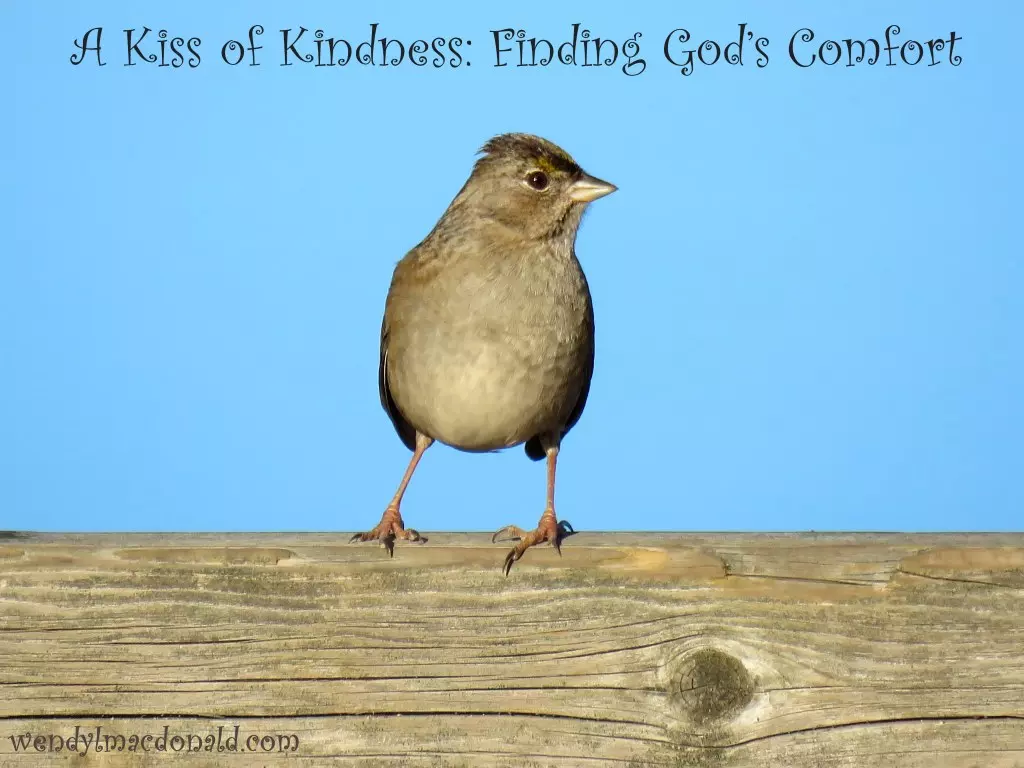This is part 2 of a two part series in response to the “12 Days of Evolution” in the PBS series on YouTube “it’s OKAY to be SMART.” As a person that believes in biblical creation, I would agree that it is okay to be smart. Part 1 addressed days 1-3, today we’ll discuss days 4-12.
The 12 Days of Evolution
(A popular Christmas song is the “Twelve Days of Christmas.” Our church has its own lyrics to the twelve days of Christmas. The gift on the first day of Christmas is “Jesus Christ our Lord.” The gifts on the second day of Christmas are “Two Testaments and Jesus Christ our Lord.” This biblical theme continues for all twelve days. But the Darwinists have their version—The 12 Days of Evolution—hosted by Joe Hanson, on the series it’s OKAY to be SMART.)
Day 4: the Eye
Hanson admits that our eyes are “amazing bits of biological engineering.” Then he tells a nice story with illustrations about how the eye “evolved.” He starts his story by saying that “Light-sensitive cells first showed up in simple single-celled creatures, helping them swim towards the sun.” He actually states “eyes are pretty easy to evolve, so easy that nature’s done it independently 50 to 100 times.”
Really?
What he is really saying is that for Darwinian evolution to be true, the eye would have had to evolve independently 50 to 100 times. This is actually a problem for Darwinian evolution. But Joe is committing a logical fallacy by assuming Darwinian evolution to be true; so the eye must have evolved 50 to 100 times.
Then he uses that assumption as proof of Darwinian evolution and says evolving an eye is “easy.”
Has anyone ever seen the eye evolve 50 to 100 times? Has anyone ever seen the eye evolve one time?
To me, it makes a lot more sense to believe we have a Creator who created the eye in people and animals.
Hanson cites a computer simulation as to how Darwinian evolution could produce an eye. The problem with these computer simulations is they are done by people that already know what an eye is and where they are trying to go—unlike Darwinian evolution. And they do not factor in all of the overwhelming number of harmful mutations. Some mutations are lethal and would end the process on the spot. Most are not removed by natural selection and over time cause a loss of information and function.
An example of another program with these shortcomings is cited as answer number 8 in a 2002 article in Scientific American: 15 Answers to Creationists Non-Sense. (This article in answer number 10 uses legs where antennae should be on a fruit fly to show how Darwinian evolution could work.)
Day 5: Mosquito isolation developing new species
Were there entire DNA sequences being added to the mosquito genome, resulting in a creature more advanced and complex? No. They are still mosquitoes! And so is every other creature they have ever studied.
Day 6: Survival of the Good Enough
Hanson talks about problems of evolution stating “evolution is dumb!” and talks about the “survival of the good enough.” On Day 4, when talking about the eye, Hanson stated, “That kind of complexity, rather than overthrowing Darwin’s theory, is proof of its power!”
Which is it? Is Darwinian evolution this amazing process that can form an eye, or is it “survival of the good enough”?
Day 7: Hanson talks about male nipples
Again,
- If something has a purpose, that “proves” evolution because the purpose gives a survival advantage.
- If something does not have a purpose, that still “proves” evolution because evolution is a mindless process and there is not a survival disadvantage.
When my wife and I were building our house, we started with a basic blueprint and then selected options. Men and women are all people, and it takes a male and a female to make a baby. It makes sense that the human body would have a basic blueprint and then develop as male in the presence of a Y chromosome, or as female in the lack thereof. And male nipples may actually have a purpose in sexual stimulation.1
Day 8: Energy from the Sun
Hanson makes the old claim that Darwinian evolution does not violate the second law of thermodynamics because we get energy from the sun. The problem is that just adding energy does not prevent disorder from increasing. Throw a party and see how much order the energy of the party brings to your house.
The energy has to be purposefully directed. And what do we actually observe in biology? What we actually observe is genomes deteriorating.2
Day 9: New Information
Hanson claims Darwinian evolution can create information. He talks about how segments of DNA can be duplicated in sexual reproduction.
Does this reflect reality? Can you take a set of instructions for anything, randomly duplicate a segment of those instructions, make random changes to the duplicated section, and come up with something better?
And what do we observe in real life? We observe duplicated genes causing genetic disorders.
The genome.gov site makes this argument that duplicated stretches of DNA can produce new function. But they do not give any examples where we have actually observed that happen. It does state “extra copies of the gene can contribute to a cancer”—something we do observe.3
Day 10: Cousins
Hanson addresses the question of why there are still monkeys (or apes) and again talks about “survival of the fit enough.” However, I can tell you that this is not a question that I would throw at a Darwinist.
He refers to apes as his “cousins.” I ask the question:
Would Hanson’s “cousins” even be asking these questions or addressing these issues of why are we here?
We are not “another ape.”
Day 11: Medical and Mutation Advances
Hanson talks about how modern medical treatment keeps people from dying that would have died in times past. But he gives examples of how we are still “evolving.”
There are some genetic mutations that might provide some advantages in certain very specific circumstances. But we are all still people!
According to Hanson’s reasoning, I should be a new species—Homo terryous—since I never grew wisdom teeth. Also, Hanson ignores the overwhelming number of genetic disorders from genetic mutations. Just do your own internet search on genetic disorders and see what comes up.
Day 12: Unchanging Evolution a Success?
Hanson talks about the Coelacanth, which was allegedly extinct but found in 1938. Hanson states “It has just barely changed since the time of the dinosaurs.”
Talk about being blind to the truth! This is a good argument for creation.
He claims “In evolution’ eyes, humans and Coelacanths are equally successful.” Again, would coelacanths be having this conversation? He admits that “evolution doesn’t have a purpose.”
In Conclusion
Psalm 33 talks about God the Creator and makes the point that God created with a purpose:
But the plans of the Lord stand firm forever, the purposes of His heart through all generations. Psalm 33:11 NIV
Who are you going to believe? Are you going to believe Darwin and Hanson and there is no purpose or the only purpose in life is making more life? Or are you going to believe the psalmist that God has a purpose for all His creation?







